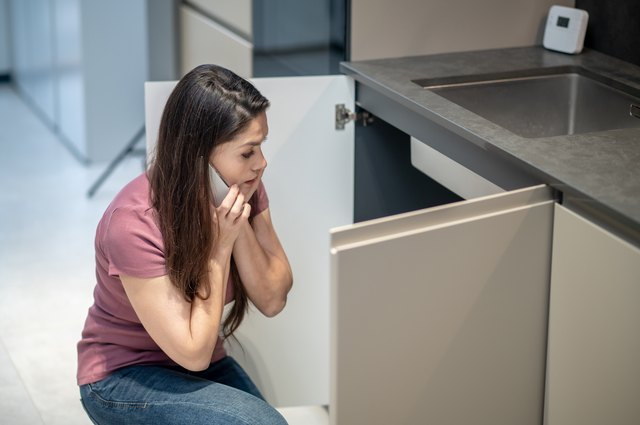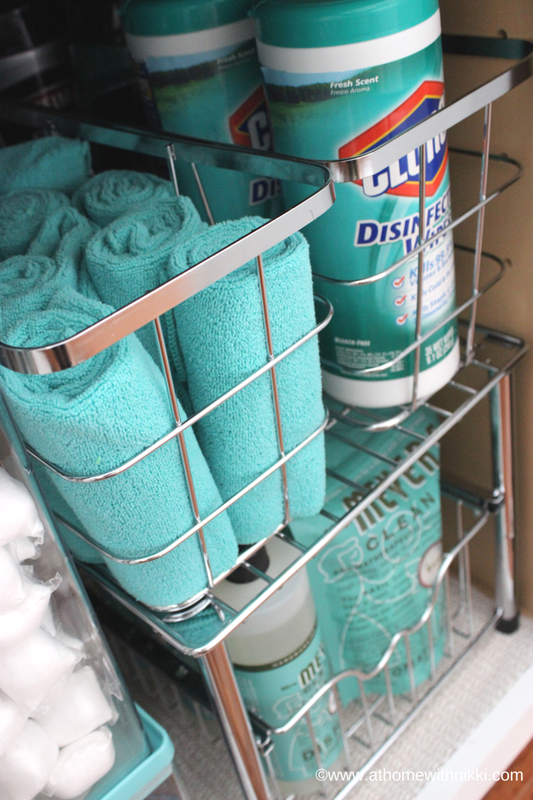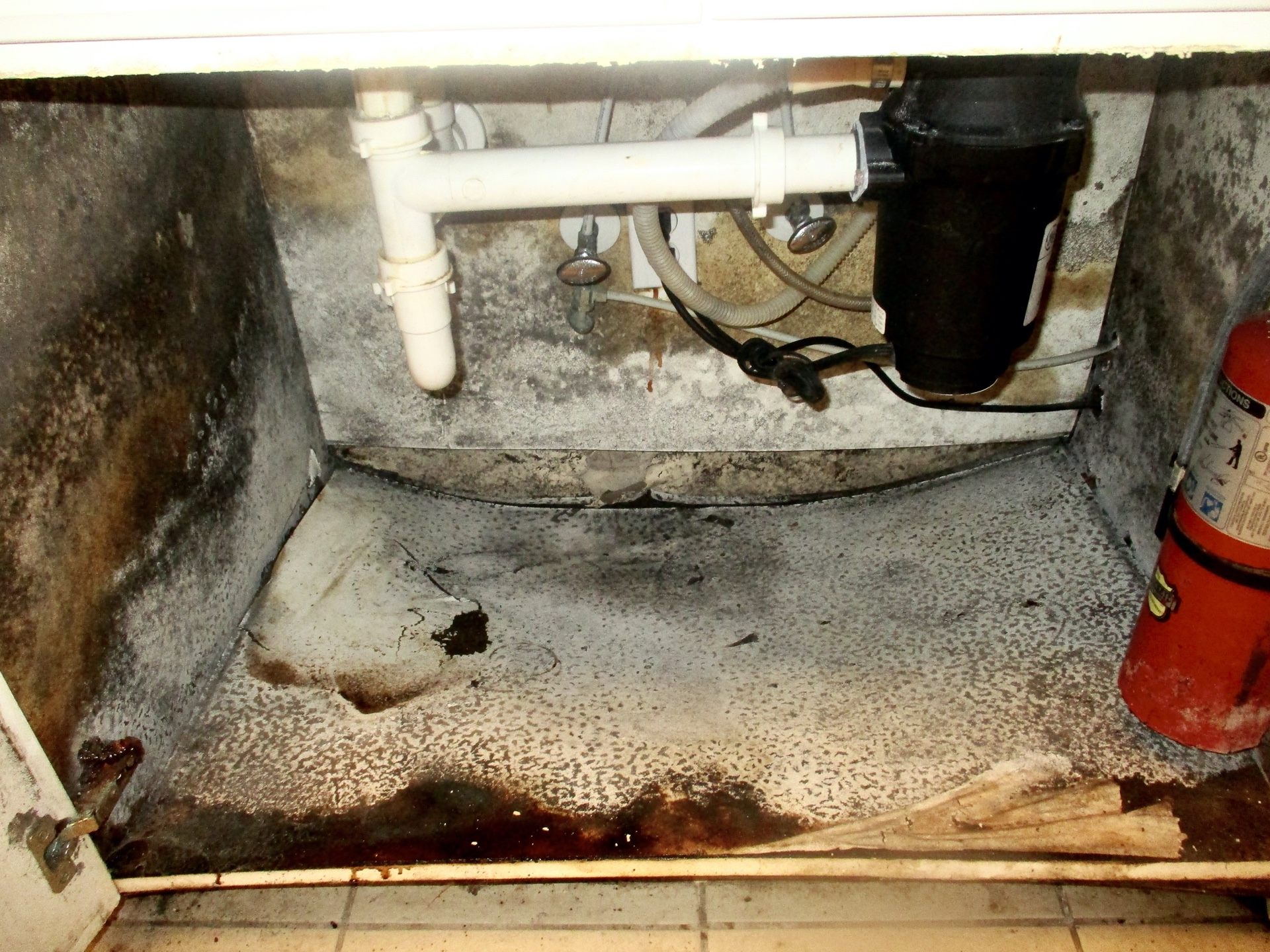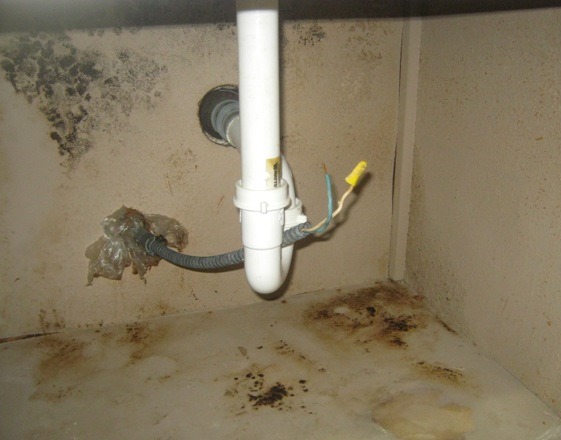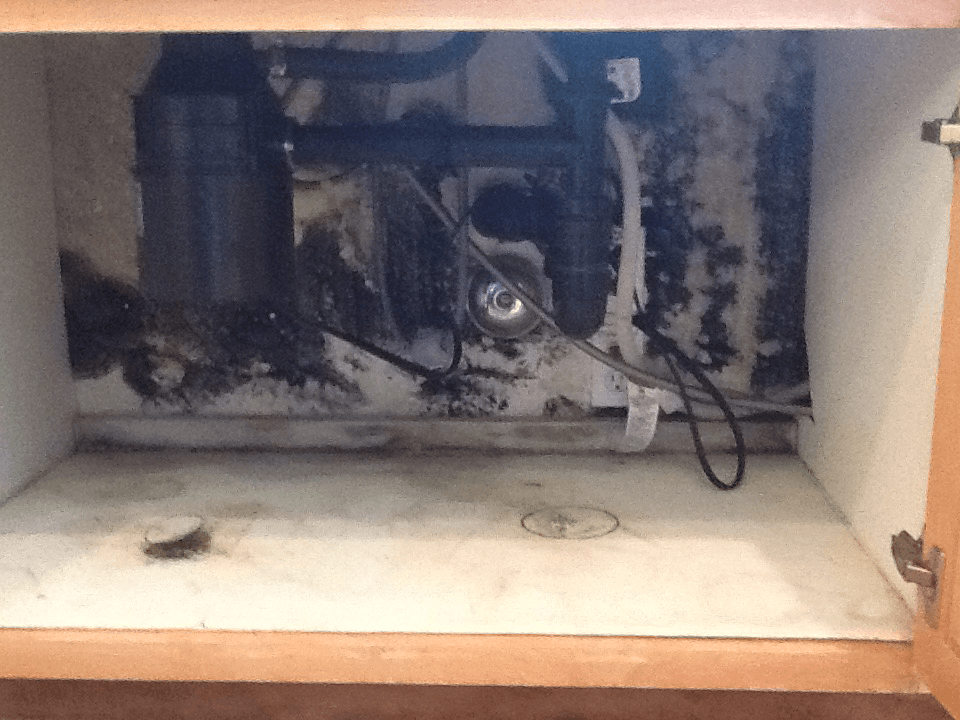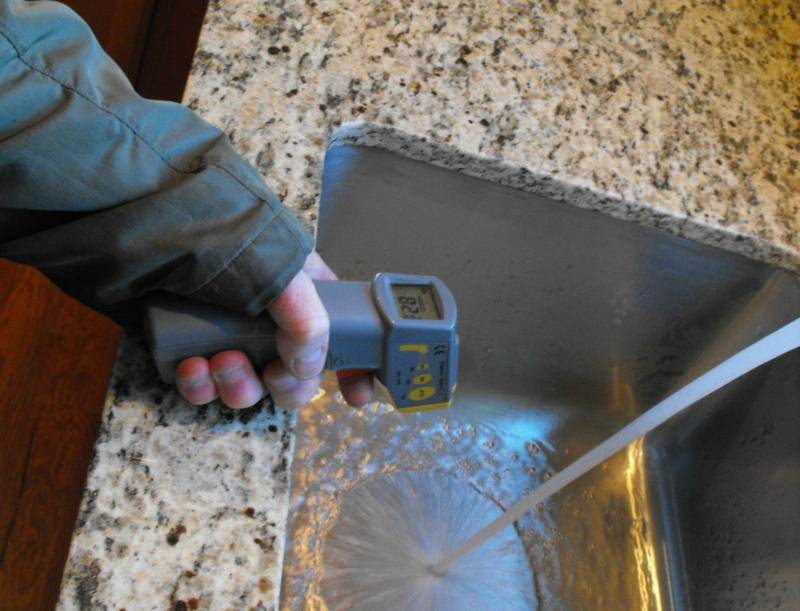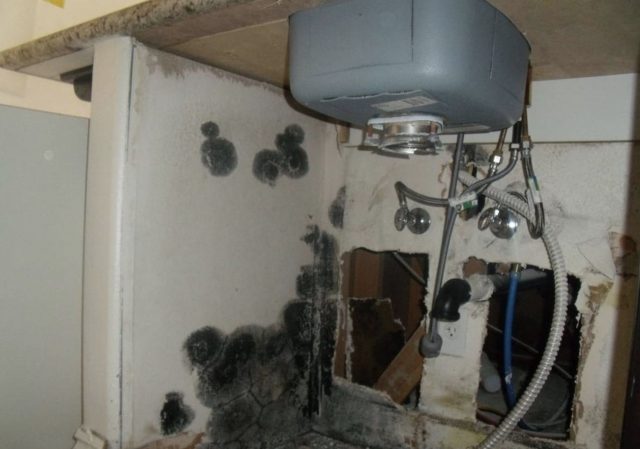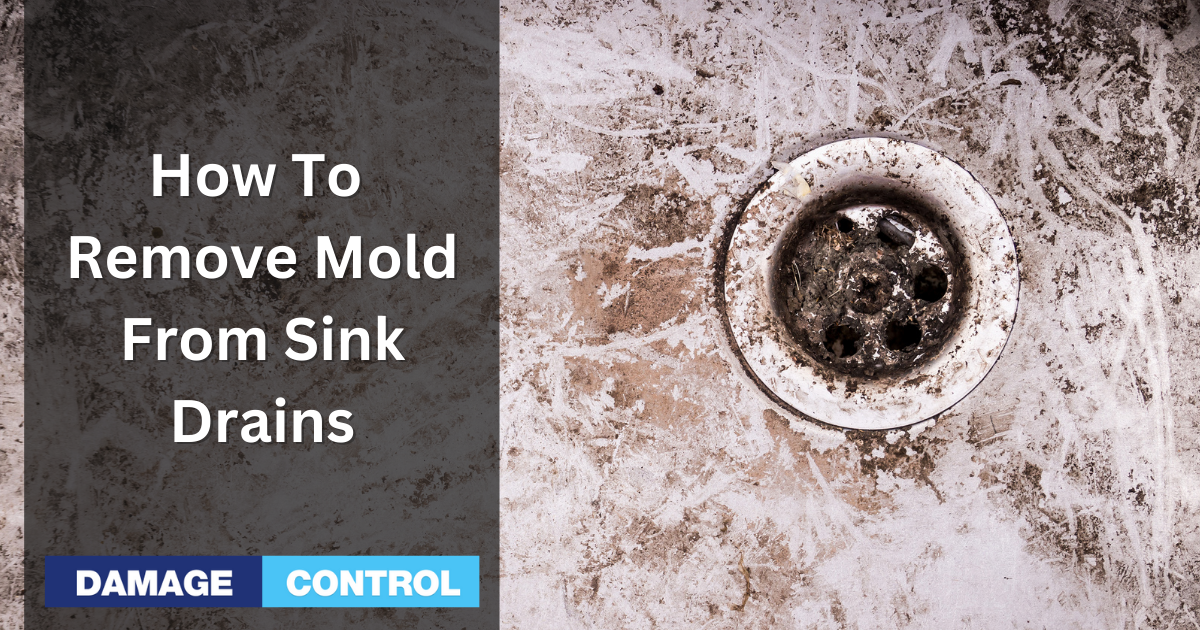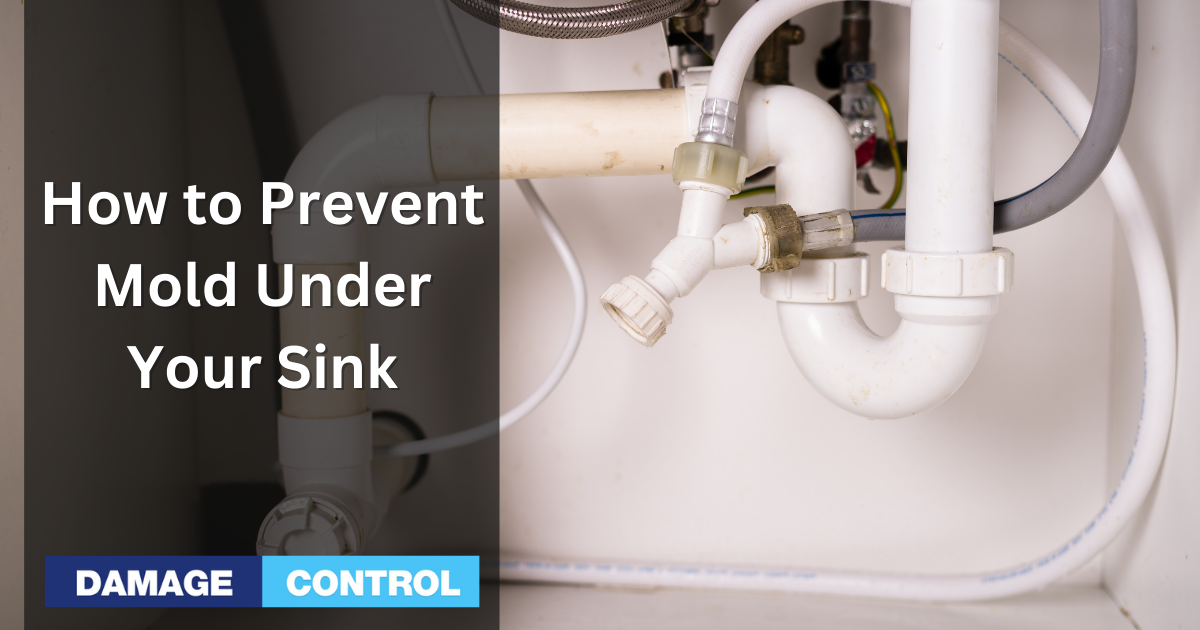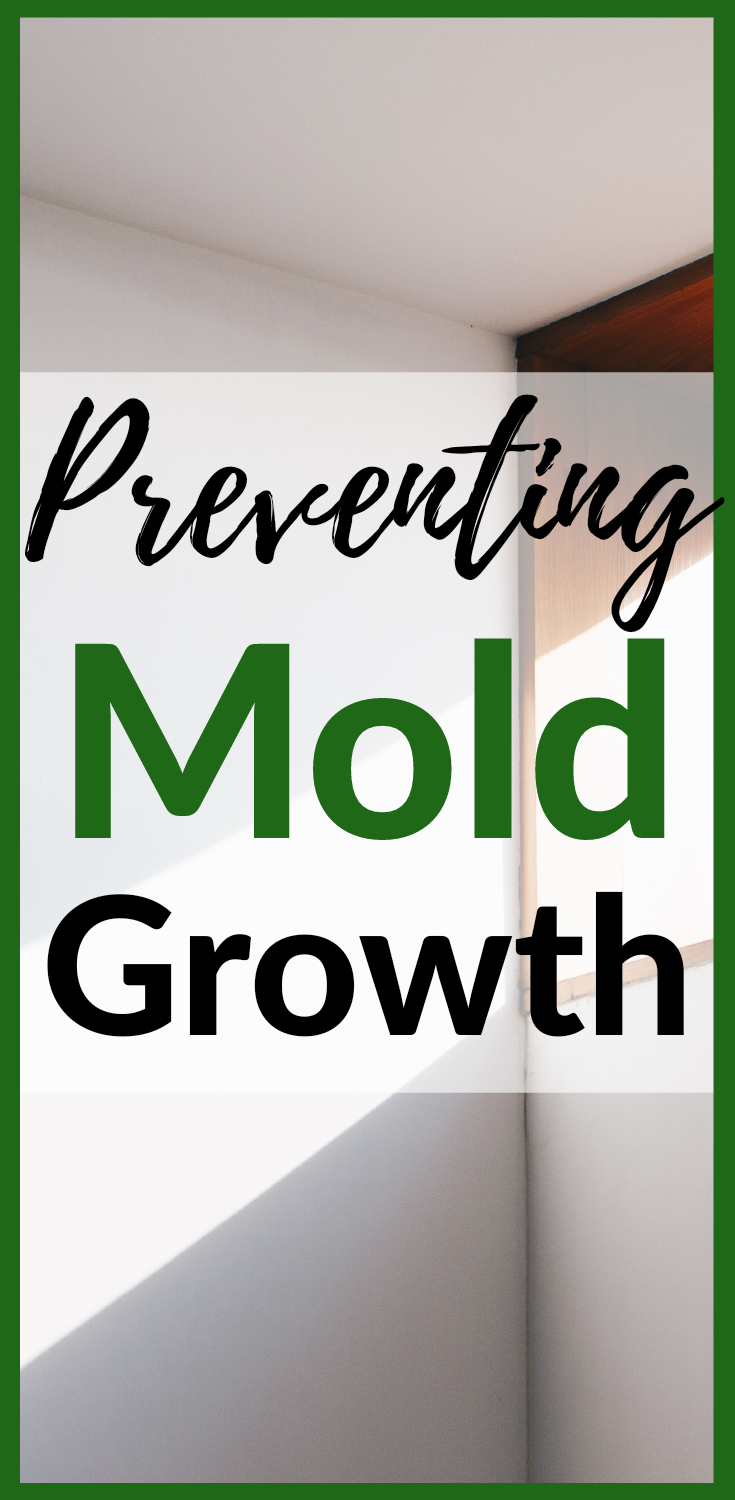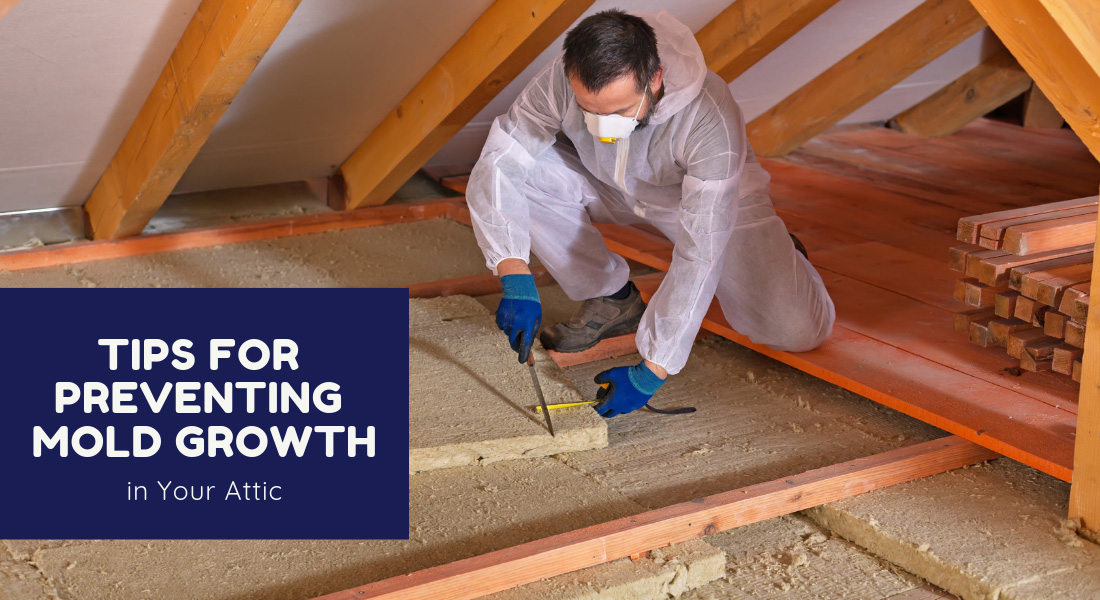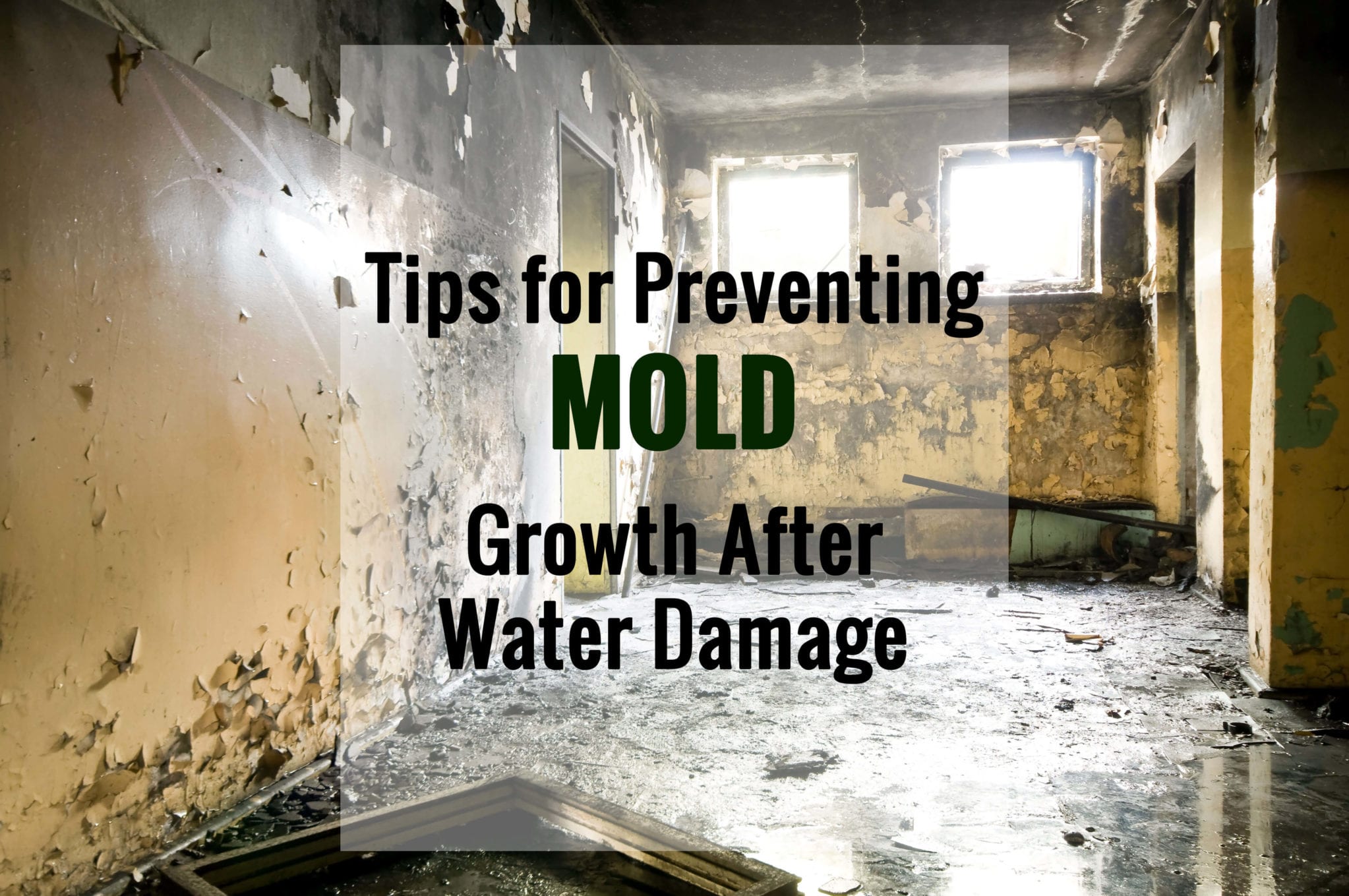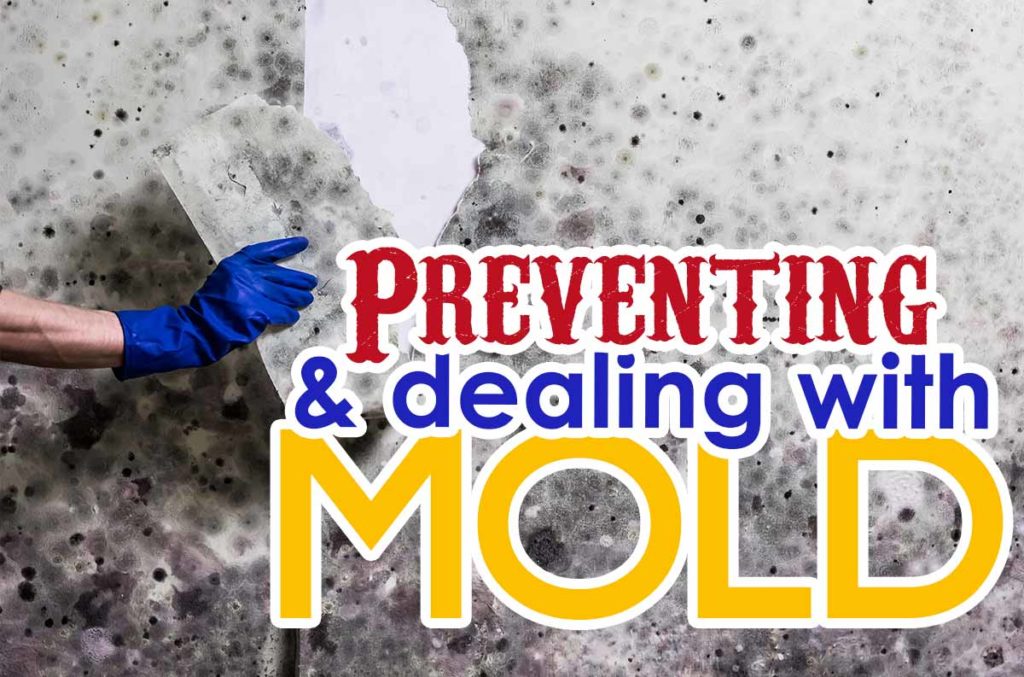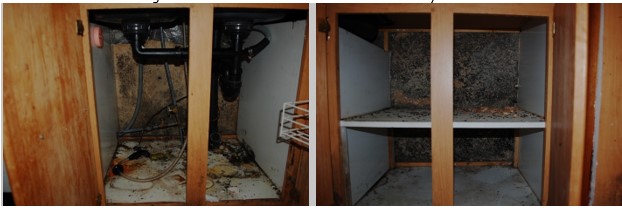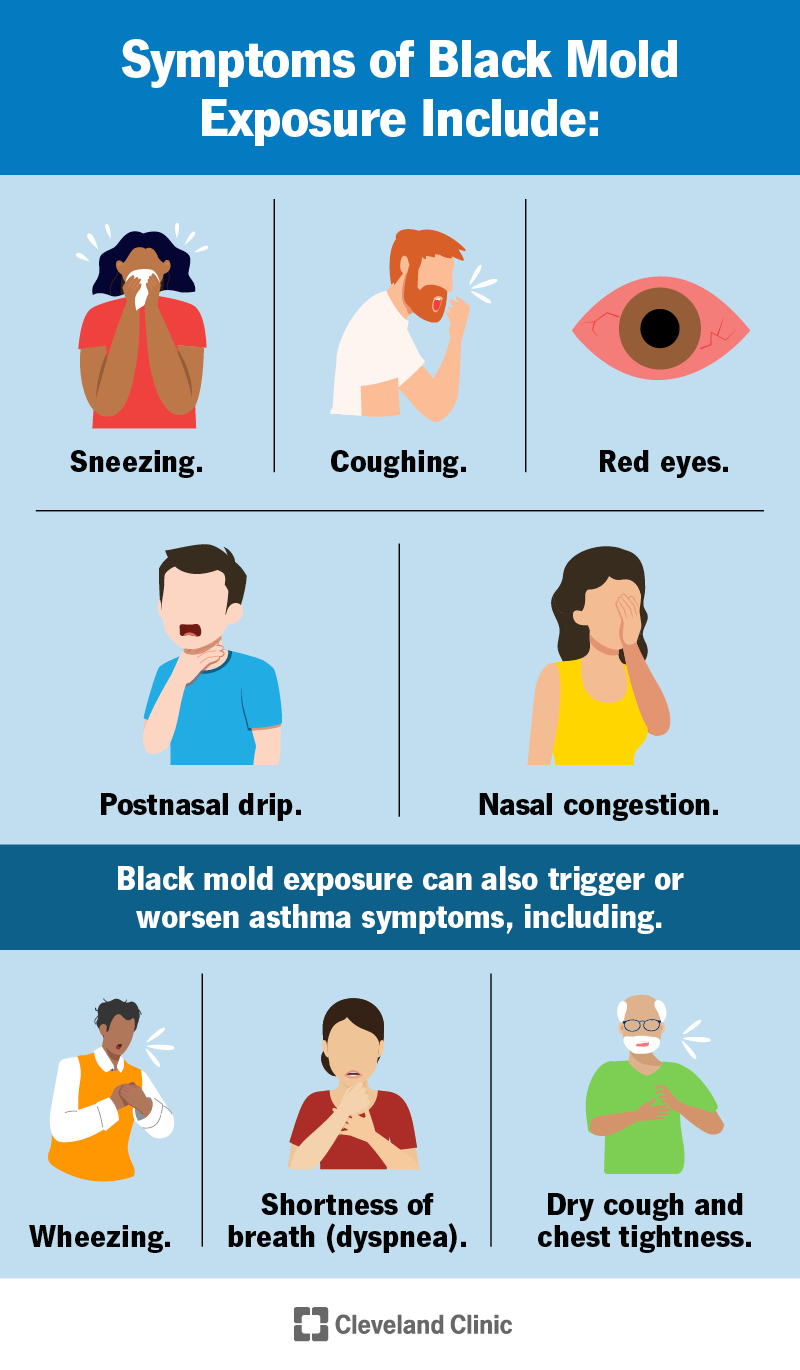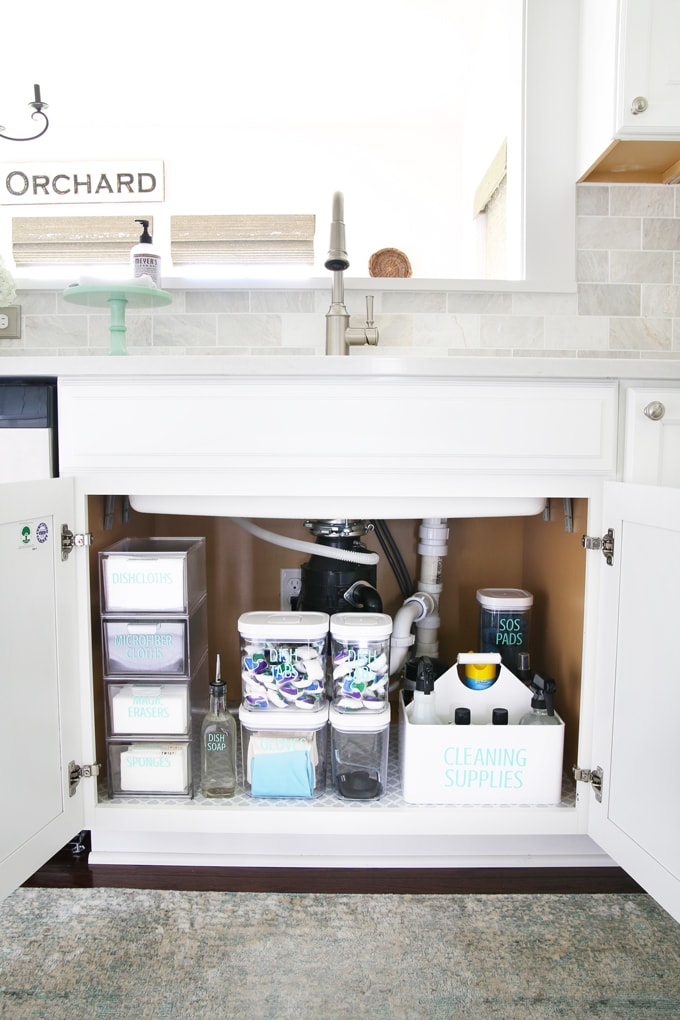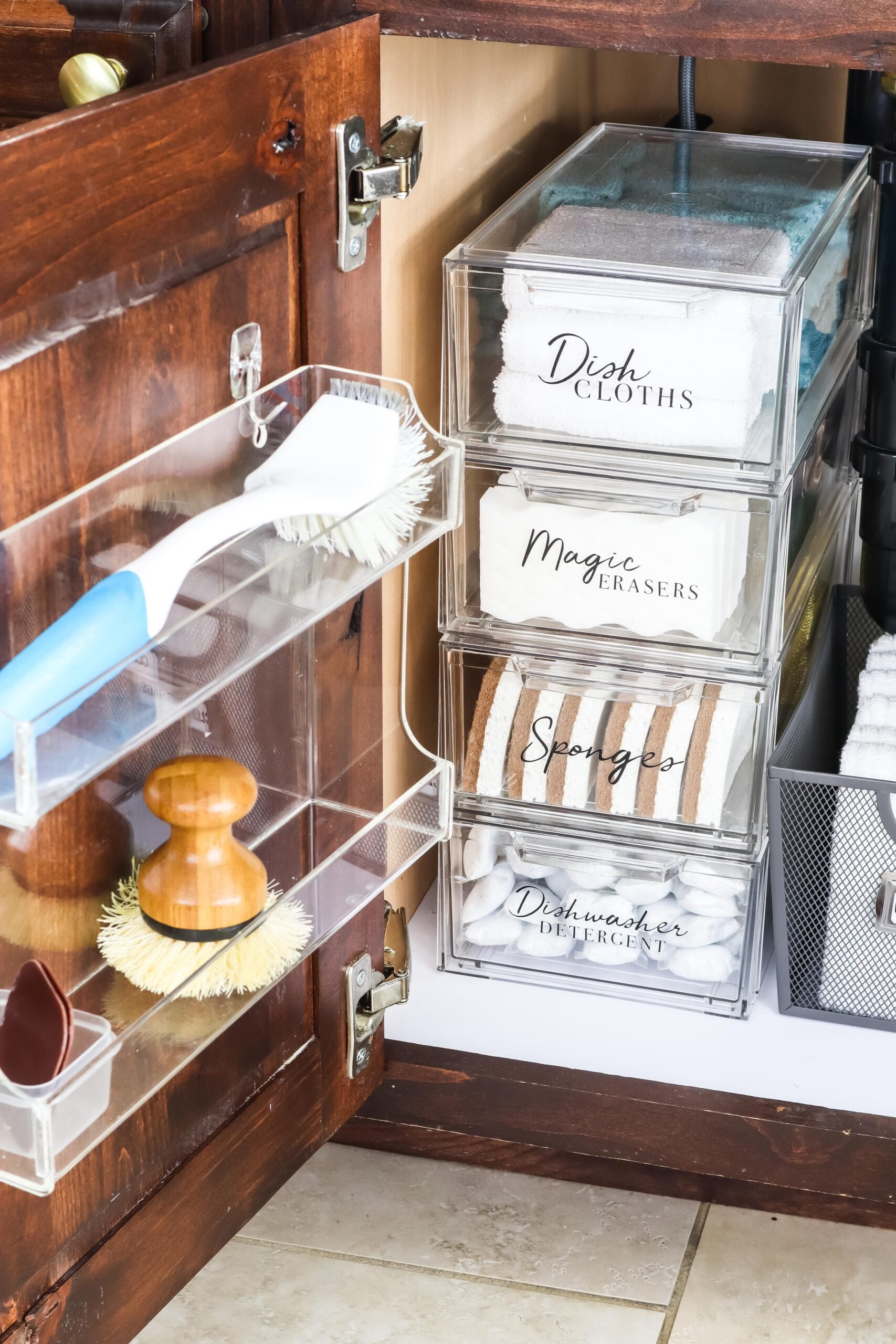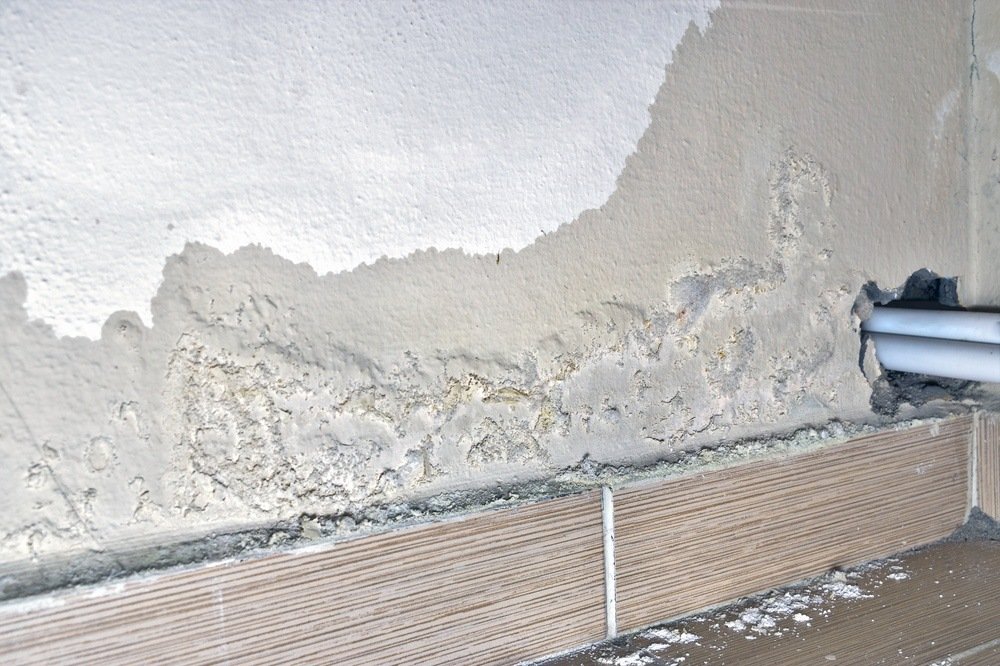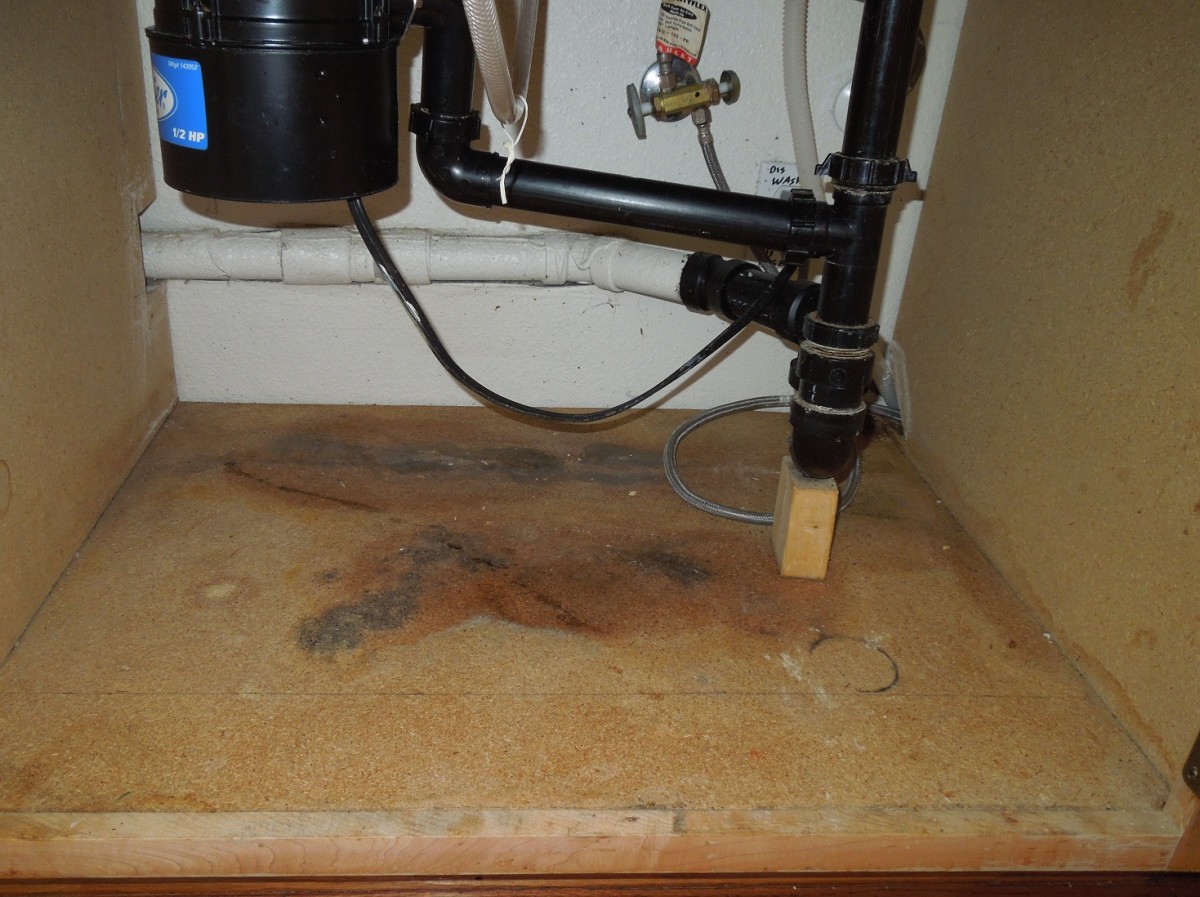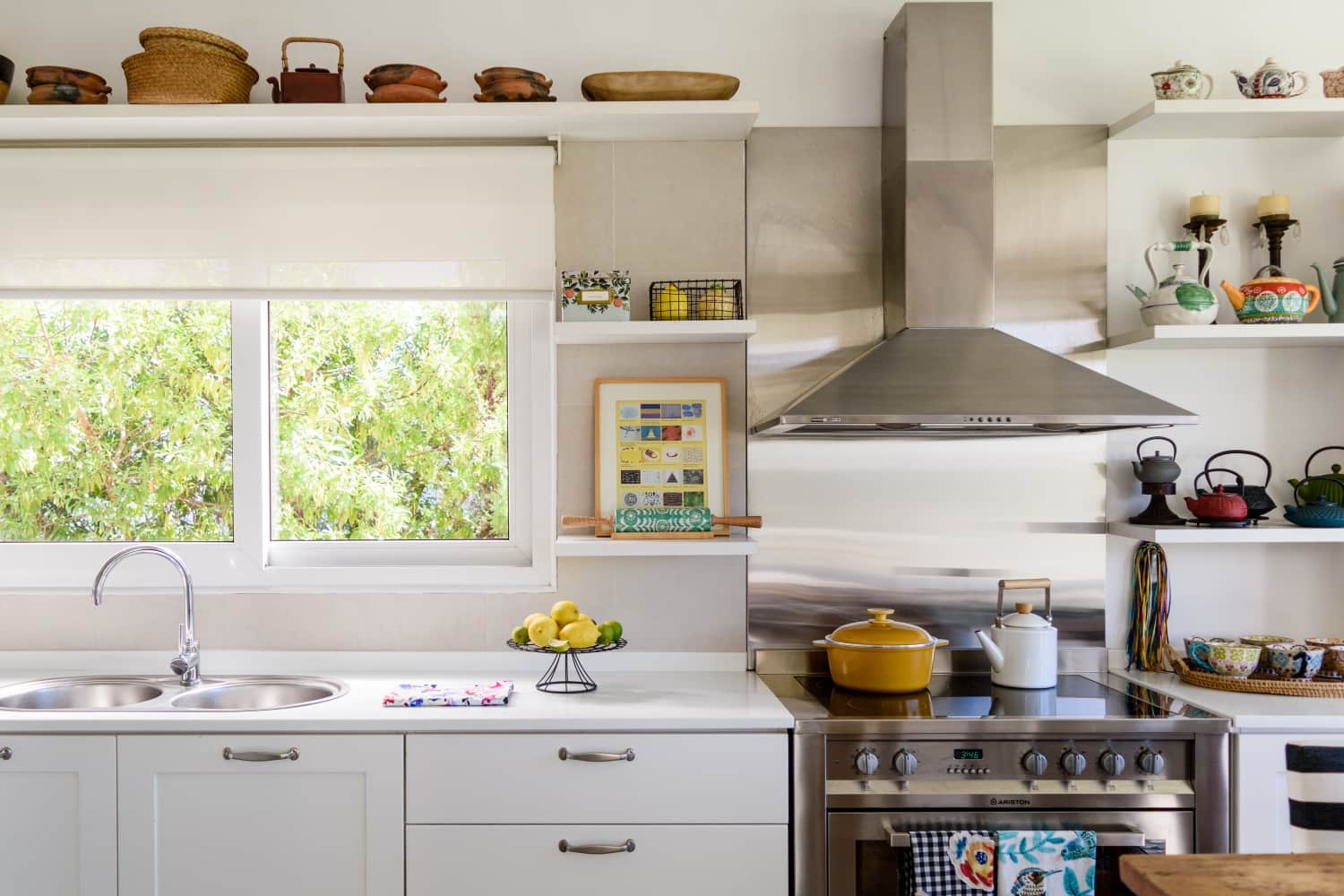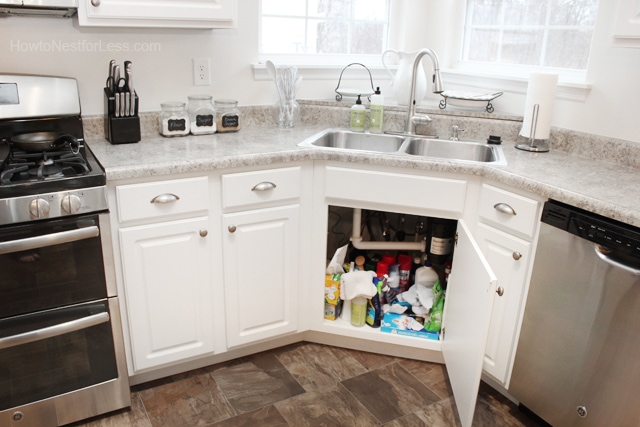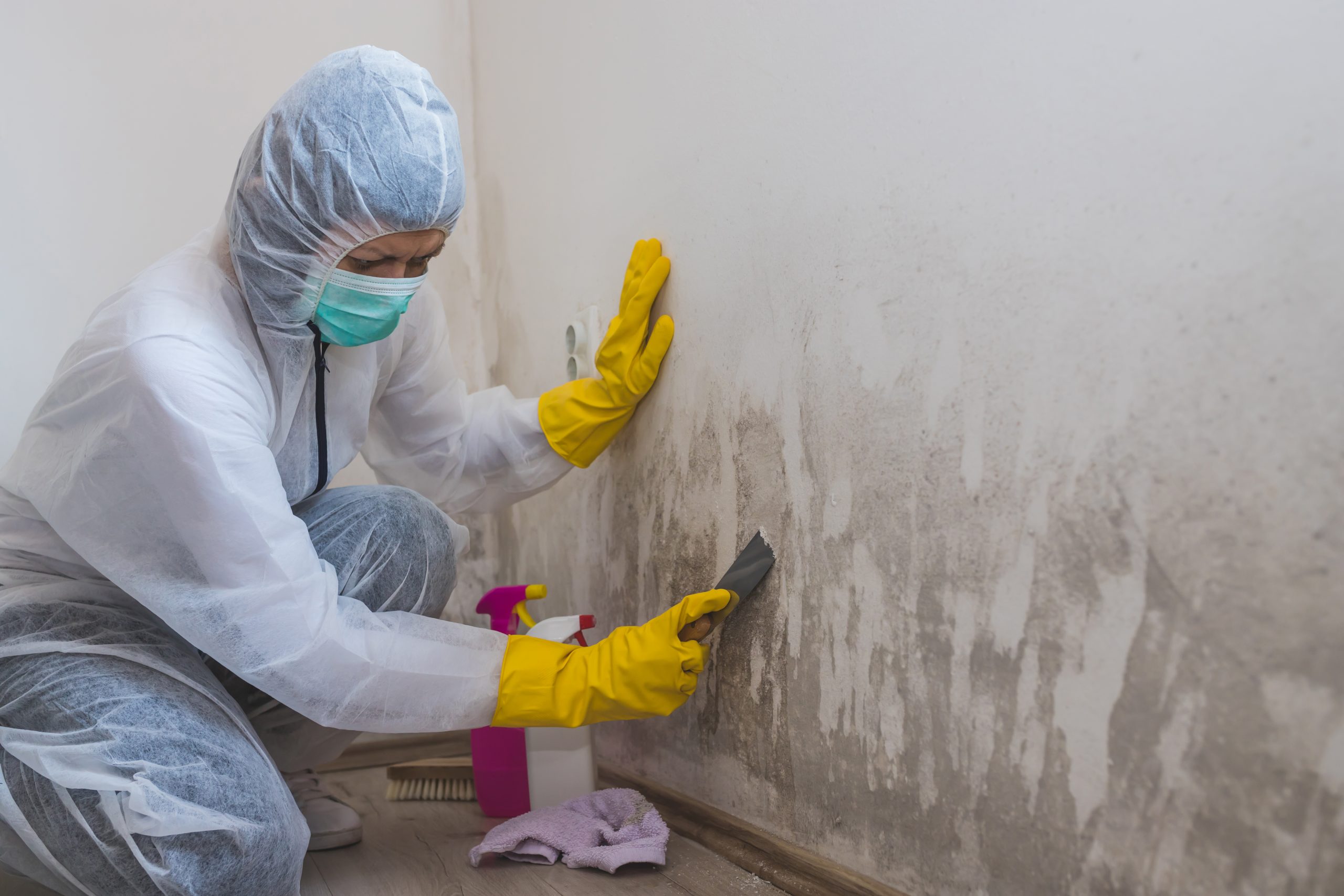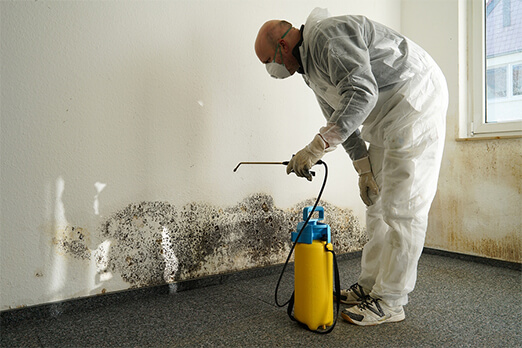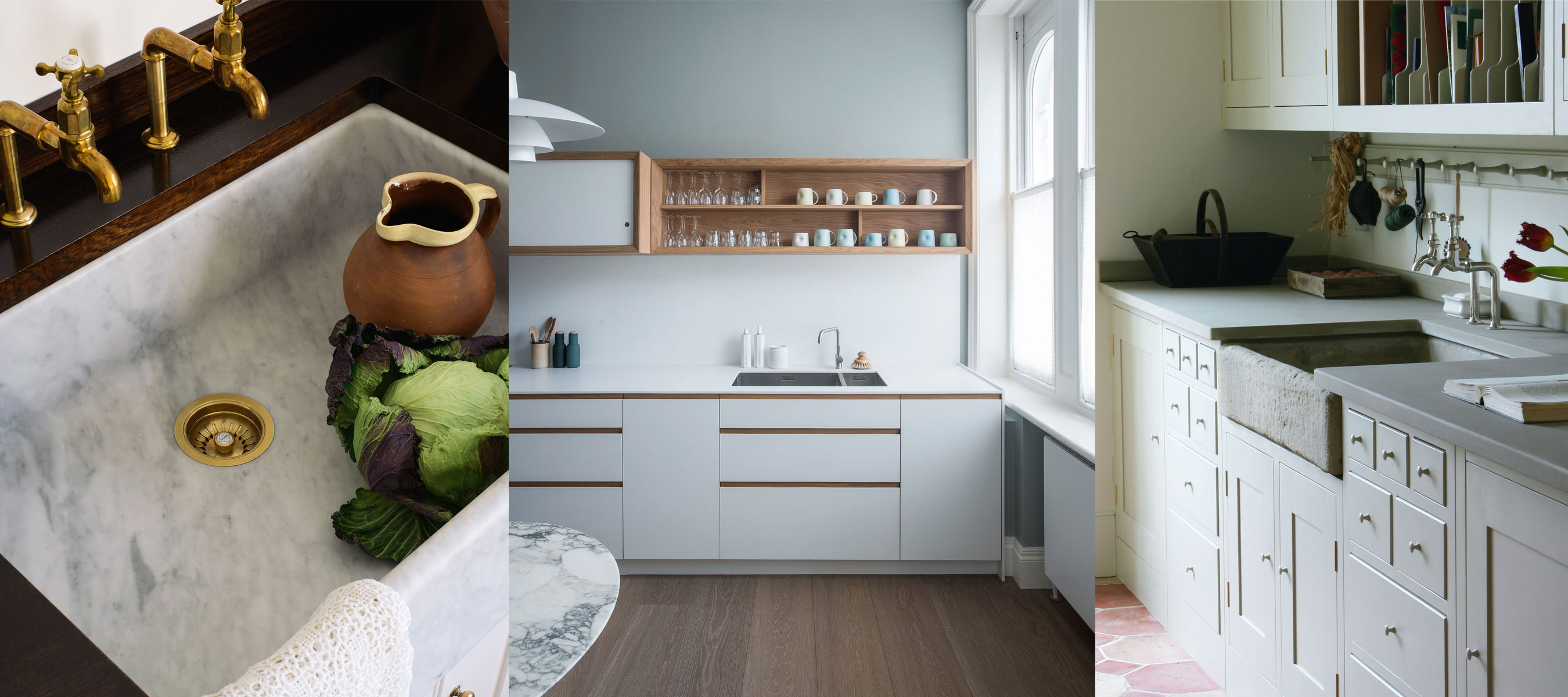How to Identify and Remove Mold Underneath Your Kitchen Sink
Mold is a common household problem that can often go unnoticed, especially when it's hidden underneath your kitchen sink. If left untreated, mold can cause serious health issues and damage to your home. Here are some tips on how to identify and remove mold from underneath your kitchen sink.
The Dangers of Mold Under Your Kitchen Sink
Mold is a type of fungus that thrives in damp and dark environments, making the area underneath your kitchen sink the perfect breeding ground. The presence of mold can cause a variety of health problems, including respiratory issues, allergies, and even skin irritation. In addition, mold can also cause damage to your kitchen cabinets and countertops, leading to costly repairs.
Preventing Mold Growth Under Your Kitchen Sink
The key to preventing mold growth under your kitchen sink is to keep the area dry and well-ventilated. Make sure to fix any leaks or drips from your pipes and regularly wipe down the area with a mixture of vinegar and water. You can also use a dehumidifier to reduce moisture levels in the air.
Signs of Mold Underneath Your Kitchen Sink
There are a few tell-tale signs that mold may be growing under your kitchen sink. These include a musty odor, visible dark spots or discoloration, and a damp or humid feeling in the air. If you notice any of these signs, it's important to take immediate action to prevent the mold from spreading.
Health Effects of Mold Under Your Kitchen Sink
Mold can have a serious impact on your health, especially if you have allergies or respiratory issues. Breathing in mold spores can trigger asthma attacks and cause irritation to your eyes, nose, and throat. In some cases, exposure to mold can also lead to more severe health problems, such as lung infections.
Causes of Mold Underneath Your Kitchen Sink
Mold needs moisture and organic material to grow, and the area under your kitchen sink provides the perfect conditions. The most common causes of mold growth under your kitchen sink include leaks from pipes, a lack of ventilation, and leftover food or moisture from cleaning supplies.
DIY Remedies for Mold Under Your Kitchen Sink
If the mold growth is minor, you may be able to remove it yourself using natural remedies. Baking soda, vinegar, and hydrogen peroxide are all effective in killing mold. Be sure to wear protective gear, such as gloves and a face mask, and thoroughly clean and dry the area afterwards.
Professional Mold Removal for Under Your Kitchen Sink
In cases of extensive mold growth, it's best to call in a professional mold remediation service. They have the necessary equipment and expertise to safely remove the mold and prevent it from coming back. This may be a more expensive option, but it's important for your health and the structural integrity of your home.
How to Keep Your Kitchen Sink Area Mold-Free
To prevent mold from growing under your kitchen sink in the future, it's important to regularly inspect the area for any leaks or moisture. Fixing any issues immediately can prevent mold from having a chance to grow. Additionally, make sure to keep the area clean and dry by wiping down the pipes and cabinets regularly.
The Importance of Regularly Checking for Mold Under Your Kitchen Sink
Regularly checking for mold under your kitchen sink is crucial for the health and safety of your family. Mold can spread quickly and cause serious damage if left untreated. By keeping an eye on the area and addressing any issues promptly, you can prevent mold from becoming a bigger problem.
The Dangers of Mold Underneath Your Kitchen Sink
Understanding the Effects of Mold on Your Home
The Effects of Mold on Your Health
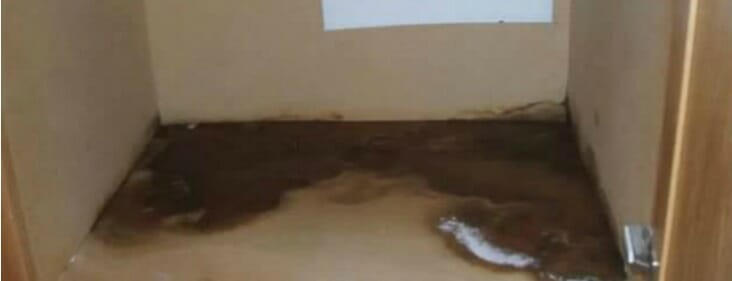 Exposure to mold can lead to a range of health problems, including
respiratory issues
,
allergies
, and
asthma
. This is especially dangerous for young children, elderly individuals, and those with compromised immune systems. The presence of mold can also exacerbate existing health conditions, making it difficult to manage and treat.
In addition to the health risks, mold can also cause
structural damage
to your home. As it grows and spreads, it can weaken the wood and other materials that make up the structure of your home. This can lead to costly repairs and renovations, as well as decrease the value of your property.
Exposure to mold can lead to a range of health problems, including
respiratory issues
,
allergies
, and
asthma
. This is especially dangerous for young children, elderly individuals, and those with compromised immune systems. The presence of mold can also exacerbate existing health conditions, making it difficult to manage and treat.
In addition to the health risks, mold can also cause
structural damage
to your home. As it grows and spreads, it can weaken the wood and other materials that make up the structure of your home. This can lead to costly repairs and renovations, as well as decrease the value of your property.
Preventing and Removing Mold Underneath Your Kitchen Sink
 The best way to deal with mold underneath your kitchen sink is to prevent it from growing in the first place. Regularly checking for leaks, fixing them promptly, and keeping the area clean and dry can help prevent mold from taking hold. If you do discover mold, it's important to address it immediately. This may involve hiring a professional to remove it safely and effectively.
In addition to prevention and removal, it's also important to
properly ventilate
your kitchen to prevent mold growth. Installing a vent or exhaust fan can help reduce the amount of moisture in the air and keep your kitchen and sink area dry.
The best way to deal with mold underneath your kitchen sink is to prevent it from growing in the first place. Regularly checking for leaks, fixing them promptly, and keeping the area clean and dry can help prevent mold from taking hold. If you do discover mold, it's important to address it immediately. This may involve hiring a professional to remove it safely and effectively.
In addition to prevention and removal, it's also important to
properly ventilate
your kitchen to prevent mold growth. Installing a vent or exhaust fan can help reduce the amount of moisture in the air and keep your kitchen and sink area dry.
In Conclusion
 Mold underneath your kitchen sink may seem like a minor issue, but it can have serious consequences for your home and your health. By understanding the dangers of mold and taking preventative measures, you can ensure that your kitchen remains a safe and healthy space for you and your family. Don't ignore the signs of mold and take action to keep your home mold-free.
Mold underneath your kitchen sink may seem like a minor issue, but it can have serious consequences for your home and your health. By understanding the dangers of mold and taking preventative measures, you can ensure that your kitchen remains a safe and healthy space for you and your family. Don't ignore the signs of mold and take action to keep your home mold-free.



